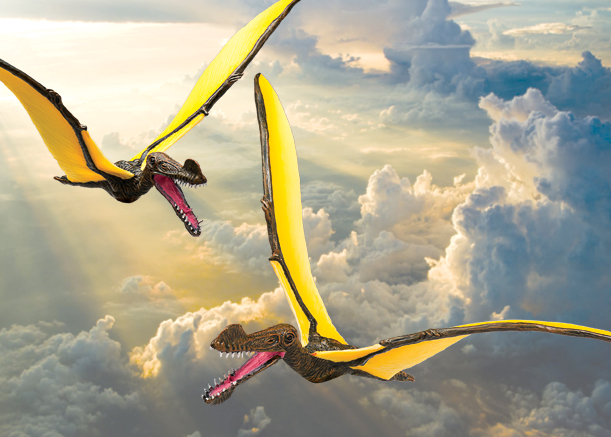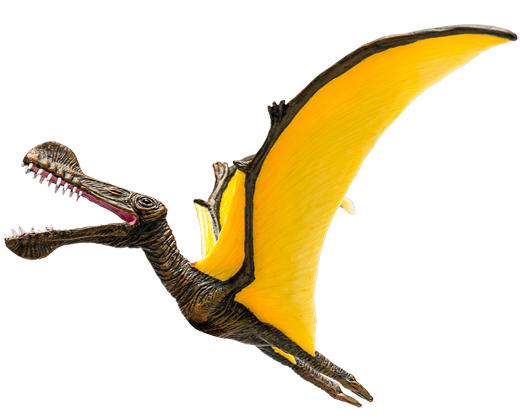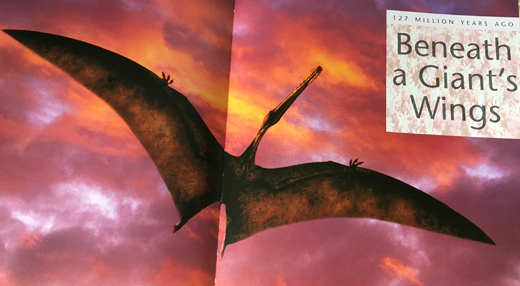The New Mojo Fun Tropeognathus
Mojo Fun Tropeognathus?
Pterosaur taxonomy is a tricky business. Although, something like 110 different genera have been named and described at the time of writing (July 2019), the history of pterosaur research is littered with problems relating to taxonomic placement and phylogeny. The Ornithocheiridae is one of the most notorious of groups when it comes to classification. In the picture (below), there is the Mojo Fun Tropeognathus (T. mesembrinus), actually a pair of these flying reptiles taking to the skies. Unfortunately, this genus has been subject to a lot of taxonomic revision too.
Illustrating an Ornithocheirid – Tropeognathus mesembrinus)

The Problem Stems from the Middle of the 19th Century
In the middle of the 19th century, fragmentary and very worn pterosaur fossils began to be reported from the Cambridge Greensand deposits. These marine deposits preserved pterosaur fossil material in three-dimensions, at least the specimens were not crushed as flat as a pancake, but this is probably their only redeeming feature.
These flying reptile fossils represent animals that died a long way out at sea (possibly drift deposits too). The bones were subjected to attack from boring invertebrates and general decay until they were finally buried, only for these remains to be disinterred by ancient storms and subsequently buried again. In the early days of the science of palaeontology, such luminaries as Richard Owen and Harry Govier Seeley strived to understand these enigmatic reptiles by studying these fragmentary fossils.
Many species were erected based on the most flimsy and scrappy fossil evidence. Pterosaur researchers are still struggling to resolve some of these taxonomic issues today.
The Mojo Fun Tropeognathus Model – Or is it Ornithocheirus or Perhaps Criorhynchus?
Criorhynchus, Tropeognathus or Ornithocheirus?
Initially named from a nearly complete skull acquired from Brazilian fossil dealers, all went well for two years and then the skull material was suggested to represent a type of anhanguerid pterosaur. Subsequently, this skull was assigned to Coloborhynchus and then Criorhynchus before a reassessment undertaken in 2013 (Taissa, Rodrigues and Kellner), led to the conclusion that Tropeognathus mesembrinus was indeed, a valid taxon.
Perhaps, this pterosaur is best-known for its appearance in the ground-breaking BBC television documentary series “Walking with Dinosaurs”. Episode 4, “Beneath a Giant’s Wings”, told the story of an Ornithocheirus as it made its journey to its traditional breeding grounds across the nascent Atlantic Ocean.
As if to reinforce the concerns over taxonomy, the pterosaur was described as an Ornithocheirus and the imaginary tale was set some 127 million years ago, some fifteen million years or so before, the pterosaur whose skull now comprises the holotype material for T. mesembrinus took to the skies.
The Ornithocheirus as Featured in the BBC Television Documentary.
Picture credit: BBC World
To view the Mojo Fun Tropeognathus and the other prehistoric animals in the Mojo Fun dinosaurs range: Mojo Fun Dinosaur and Prehistoric Animal Models.



